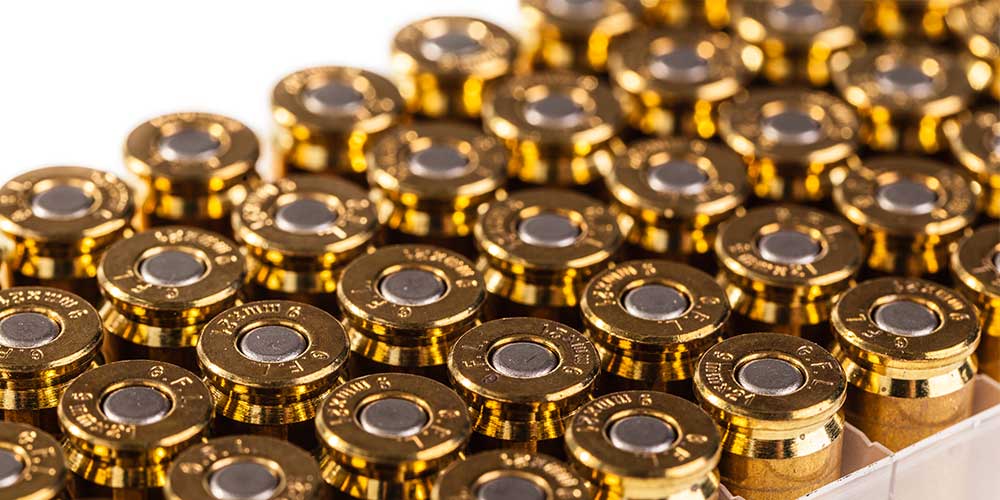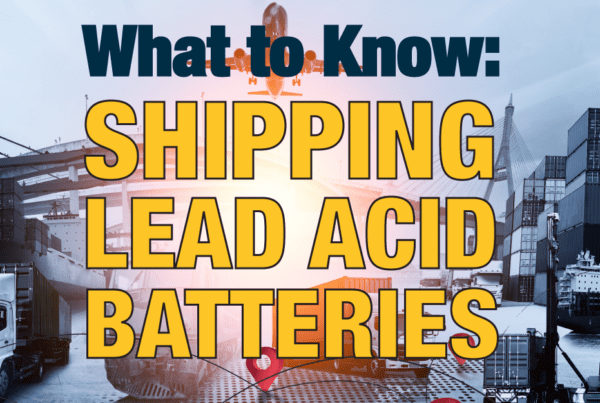
What to do when you are moving and need to ship a whole lot of bullets?
98% of our repackaging clientele are businesses, but there are 2% of our clientele that are regular people. At least, this is how I refer to them. These folks are a “Mr. or Mrs. Smith” who have absolutely no idea about the dangerous goods world, but what they wish to send is considered dangerous goods. These folks are referred to us from carriers, freight forwarders, and sometimes by internet search results.
Recently I had a Mr. Smith call us to ask about packaging cartridges as recommended by his freight forwarder. He is moving to Europe and is packing up his entire house, which includes his firearms and the cartridges that go with them. He already had all his ducks in a row meaning his export/import documentation and certification for the firearms and whatever else was needed to ship the firearms and cartridges, but he needed to get the cartridges packaged up for transport. That’s where ICC comes in.
What Are We Really Dealing With?
Mr. Smith didn’t have any transport information such as UN number or shipping name. So, I asked him to email me pictures of the cartridges, because he mentioned they were all in their original retail packages. I was able to call the manufacturer directly and ask for the shipping info. It was classified as UN0012, Class 1.4S.
Mr. Smith dropped off the cartridges to us for repackaging except when he came to drop them off he had a whole bin full of another type of cartridge with a different manufacturer’s name. Did my research and found that these particular cartridges were classified as UN0044, Class 1.4S.
What Packaging Should I Use to Ship Bullets?
Now for the packaging part. Mr. Smith was shipping a LOT of them probably about 200-300 small boxes. I always prefer to provide our clients with the most cost-effective way to package up their DG; therefore, I knew that if I used boxes I would need many of them. Especially since I always use 4GV packaging which requires cushioning material.
If there is one piece of advice I can give you as a packer, it is to think about the process before actually packaging the goods. Measure the actual contents (weight and dimensions) then determine the type of packaging (and if using a 4GV take in to consideration the absorbent/cushioning material weight). I know most don’t have the different options of standardized packaging in their warehouse but lucky for me, I do.
So, I decided to use open head plastic drums (1H2) which are permitted by IMDG Regulations (it was going by ocean) for UN0012 and I can minimize the number of packages while maximizing the weight per package. Majority of the commodity was UN0012. In the end I ended up with 5 plastic drums and 6 fiberboard boxes.
They were marked and labeled accordingly then placed on a heat treated (HT) stamped pallet for ease of transport. This made the shipment technically an overpack. I created the IMO declaration and the pallet was picked up the next day!
Around here our goal is to prepare these shipments the same day they come to us, if possible.
Since I never heard anything further on this shipment once it left our warehouse, I assume it arrived to its destination without any hindrance.






 ICC USA
ICC USA ICC Canada
ICC Canada